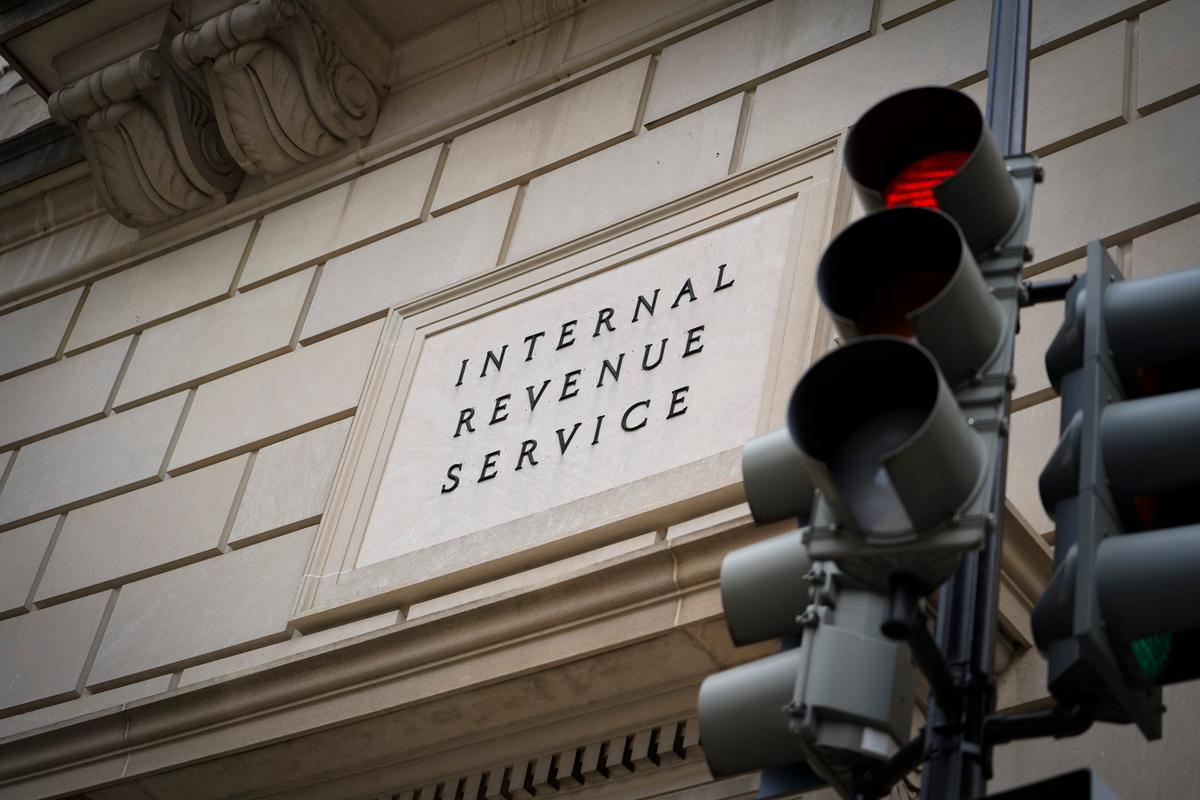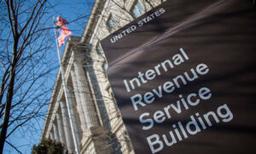
The Internal Revenue Service (IRS) has announced that, thanks to a new funding boost, it's launching a "sweeping, historic" tax enforcement initiative using artificial intelligence and other cutting-edge technologies to catch tax evaders more effectively.
"The changes will be driven with the help of improved technology as well as Artificial Intelligence that will help IRS compliance teams better detect tax cheating, identify emerging compliance threats and improve case selection tools to avoid burdening taxpayers with needless 'no-change' audits," Mr. Werfel said.
The new enforcement thrust is said to focus on higher-earning Americans and big corporations, with the IRS pledging not to increase audit rates for people earning less than $400,000 per year.
This has been an oft-repeated promise in the face of Republican assertions that working-class taxpayers would be subjected to tougher enforcement thanks to the tens of billions of dollars in additional IRS funding.
As part of the new enforcement crackdown, the tax agency said that it would prioritize cases involving taxpayers earning over $1 million but with recognized tax debt of more than $250,000.
The IRS' AI Facelift
The IRS said it expects AI tools to help boost tax enforcement of large partnerships, in particular.To that end, complex computer algorithms have already been used by the agency to assist with identifying targets for tax enforcement.
The IRS said that "cutting-edge machine learning technology" has already played a role in helping the agency flag and open investigations into 75 of the largest partnerships in the United States, each with over $10 billion in assets on average.
"With the help of AI, the selection of these returns is the result of groundbreaking collaboration among experts in data science and tax enforcement, who have been working side-by-side to apply cutting-edge machine learning technology to identify potential compliance risk in the areas of partnership tax, general income tax and accounting, and international tax in a taxpayer segment that historically has been subject to limited examination coverage," the IRS said in the announcement.
The Inflation Reduction Act that President Joe Biden signed into law in 2022 initially included around $80 billion to expand the IRS' budget over ten years, drawing Republican ire that some of that money would go to hiring an "army" of tax enforcers who would reach for low-hanging fruit and target ordinary Americans rather than wealthier, more financially sophisticated taxpayers who are trickier to audit.
That $80 billion in additional IRS funding has since been pared down to around $60 billion due to the debt-ceiling deal struck between President Biden and House Majority Leader Kevin McCarthy (R-Calif.), which clawed back $10 billion in each of calendar years 2024 and 2025 from the tax agency's appropriations.
Mr. Werfel said in a memo to Treasury Secretary Janet Yellen that part of what is now a $60 billion cash infusion would buy artificial intelligence tools and that “technology and data advances will allow us to focus enforcement on taxpayers trying to avoid taxes, rather than taxpayers trying to pay what they owe.”
In the plan, the IRS focused mostly on the customer service aspects of the technology boost, pledging to improve the taxpayer experience by introducing chatbots, online portals, and electronic notice responses.
However, the agency also said in the plan that it expects its technology-driven enforcement to boost tax collections and revenue for government programs.
That plan is now fast becoming a reality, according to Mr. Werfel's latest remarks on Sept. 8.
"The nation relies on the IRS to collect funding for every critical government mission—from keeping our skies safe, our food safe and our homeland safe," Mr. Werfel said.
"It's critical that the agency addresses fundamental gaps in tax compliance that have grown during the last decade," he added.
According to IRS estimates, taxpayers in America pay around 85 percent of the total taxes they owe, with the difference between what is owed and what is paid known as the tax gap. Between the years 2014 and 2016, the IRS estimated that the annual tax gap was around $496 billion.
More Details of New Enforcement Thrust
Besides expanding high-income and large partnership compliance, other key elements of the IRS' new enforcement initiative include prioritizing digital assets, FBAR (Foreign Bank and Financial Accounts) violations, and labor brokers.“We need to make sure digital assets are not used to hide taxable income, and the proposed regulations are designed to provide a clearer line of sight into activities by high-income people as well as others using them,” Mr. Werfel said in an Aug. 25 press release.
The IRS said Friday that initial reviews of taxpayer compliance in the digital currency sector have raised concerns, with a potential non-compliance rate as high as 75 percent among taxpayers identified through record production from digital currency exchanges.
Accordingly, the agency is looking to increase the number of digital asset cases it develops for compliance work going forward.
Also, the IRS is turning its attention towards FBAR violations, especially among high-income taxpayers.
Under current regulations, U.S. individuals with a financial interest in foreign financial accounts exceeding $10,000 must file an FBAR to disclose their holdings and related taxes.
Recent IRS analysis of multi-year filing patterns has identified hundreds of potential FBAR non-filers, many of whom maintain account balances averaging over $1.4 million.
The IRS said it has also identified a concerning trend in the construction industry, where some contractors make payments to apparent subcontractors through "shell" companies that lack legitimate business relationships.
To tackle this issue, the IRS plans to expand its scrutiny in this area with a combination of civil audits and criminal investigations.
The IRS has said earlier it plans to hire 20,000 people over the next two years, with around one-third of them earmarked for tax enforcement.


No comments:
Post a Comment